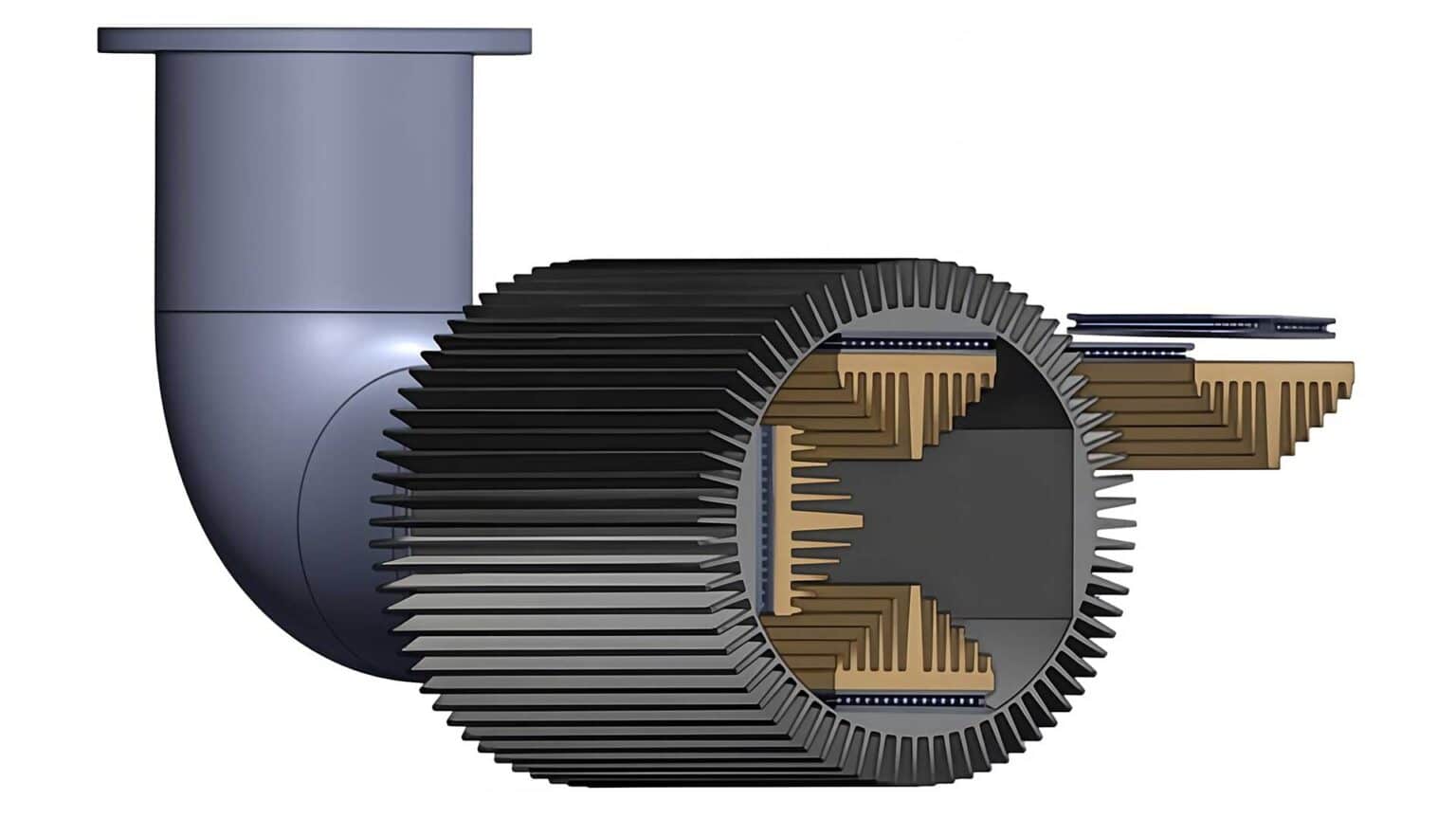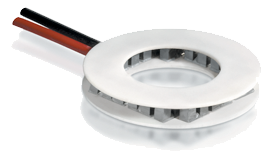New thermoelectric generator converts vehicle exhaust heat into electricity, boosting fuel efficiency
-
This post did not contain any content.
-
 T [email protected] shared this topic
T [email protected] shared this topic
-
In simulations mimicking high-speed environments, the waste-heat system demonstrated great versatility; their system produced up to 56 W for car-like exhaust speeds and 146 W for helicopter-like exhaust speeds, or the equivalent of five and 12 lithium-ion 18650 batteries, respectively.
A great step!
Next is build one.
Then cheap-ish and durable.
-
I doubt this will ever become any useful at all. 50 Watts is nothing compared to what the car engine outputs at high speed. Even a small engine has some 35kW, i.e. 35000 Watts.
-
I could see it maybe being used as an emergency back up alternator, just enough to keep lights on and engine firing (with storage) to get you to safety.
-
isn't this basically the old F1 MGU-H system that they kept having issues with and eventually gave up on?
-
I doubt regenerative braking will be ever useful at all because Lord knows you're not going to get the same energy back that you took out while driving. /s
This is just to increase efficiency.
-

This device attaches to a car’s tailpipe, capturing heat and converting it into usable electricity. The researchers’ innovative system includes a semiconductor made of bismuth-telluride and uses heat exchangers—similar to those found in air conditioners—to capture heat from vehicle exhaust pipelines efficiently.
Basically, slap Peltier modules on the exhaust pipe. This ain't gonna do much. We can invent a thousand applications for Peltier modules, until there is a massive technology breakthrough in terms of semi-condutor materials, it's kinda pointless.
Reusing heat energy from exhaust is what turbos are doing for 120 years now.
-
Would be cool if Laird or one of the other thermoelectric ceramic (TEC) manufacturers made cylindrical TECs. So far I’ve only seen them be flat and square. TECs are very brittle too so vibration if that tail pipe would have to be dealt with for them but to break
-
Was also terribly expensive. The performance to cost wasn't worth it even for F1
-
Only getting rid of them next year I'm pretty sure. And initial problems of reliability but not these days. With phenomenal thermal efficiency from tiny engines
-
Do alternators fail that often?
-
Would be cool if Laird or one of the other thermoelectric ceramic (TEC) manufacturers made cylindrical TECs. So far I’ve only seen them be flat and square, or they cut the flat square out like this

instead of in the radial direction, not axial. There are some made for research but not commercially available as far as I’ve been able to find.

Also TECs are very brittle too so vibration if that tail pipe would have to be dealt with for them not to crack. I’ve cracked a few myself but i use for machine design, not on my car.
-
Nope. It does suck when they do.
-
I thought turbos converted air (exhaust) kinetic energy into mechanical energy, not the heat itself. If exhaust was cold, the turbo would still work, no?
Not saying that these Peltier devices are going to be game changers, but it sounds like they do something different from turbos in that they are capturing additional wasted energy.
-
Not enough power to affect anything
-
Yes, and no. Heat and kinetic energy are fundamentally all just energy. What we call heat is, technically, the kinetic energy of molecules vibrating around.
When exhaust gas passes through a turbocharger, it is both slowed and reduced in pressure, resulting in it being slightly cooler than when it entered. This device is using a different method of getting energy out of the exhaust gas, but it's fundamentally still the kinetic energy of those very energetic exhaust gas molecules bouncing against one side of the thermoelectric generator and giving up their energy into it. I would still expect the exhaust gas to come out of it slightly cooler and slower.
-
This type of technology and the concepts of energy conservation and recovery are so damn cool.
-
Fools logic. This is a single system imagine the world running systems like this on every device or system, then the amount adds up. Energy recovery is the future. Maximizing what we can produce. Sustainability.
-
Gotcha, thanks. It doesn't sound particularly revolutionary as far as energy capture goes, since 40W is probably negligible on today's cars.
NGL though, on an old '75 Honda motorcycle I used to own, an extra 40W would have been amazing. The alternator was too tiny to keep the electronics running and battery charged, and I had to turn the headlight off whenever possible to keep the battery charging.
-
What we call heat is, technically, the kinetic energy of molecules vibrating around
I’ve wondered about this. If this is so, and heat is molecules moving back and forth, how do the molecules stop, change direction, and then accelerate in the other direction, stop, change directions again, and go back, over and over and over?


